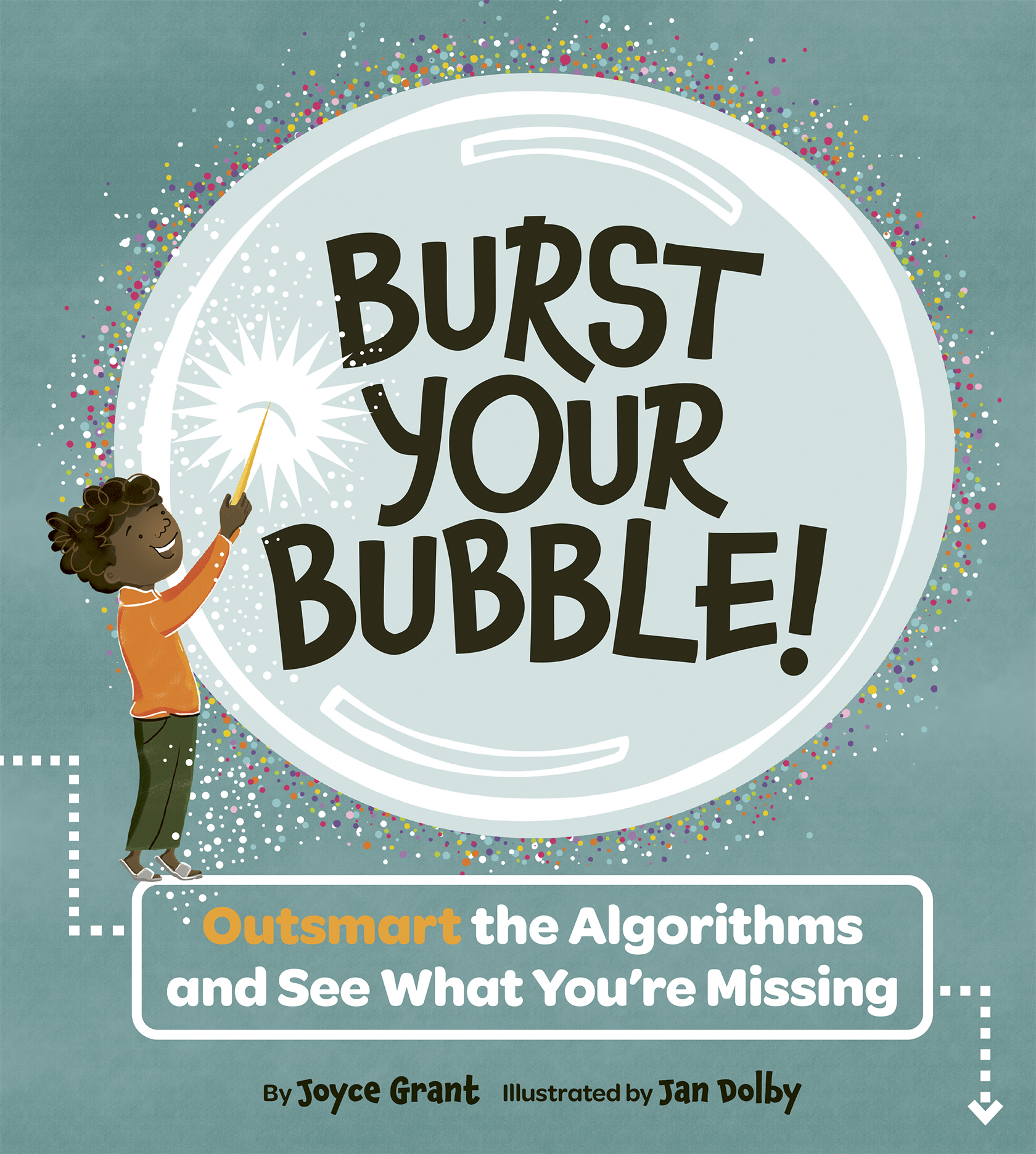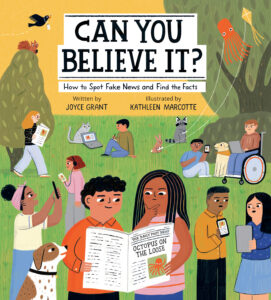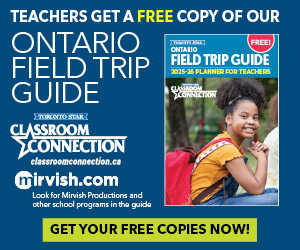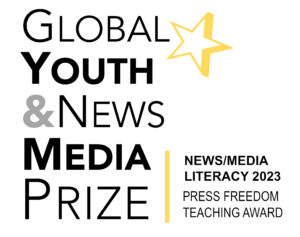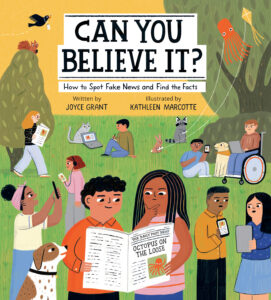
It’s well known that in the 1840s, Ireland suffered from a disaster known as the Irish potato famine.
“Famine” means a “shortage of food.”
More than a quarter of the population of Ireland died or left the country from 1845 to 1852 because of the famine. For much of the country at the time, potatoes were the main source of food.
The famine had a big effect on Ireland; for one thing, its population is not yet back to pre-famine levels.
The famine happened because the country’s potatoes caught a disease. At the time, no one knew what the disease was or how to cure it.
Recently, scientists discovered what it was.
Scientists have been examining dried potato leaves from the time of the famine.
They have found a new “strain” of disease, which they are calling HERB-1. It was previously unknown to science and they believe it was responsible for the blight in the mid-1800s.
The way the scientists used the dried leaves to discover the strain may help them understand more modern diseases in plants.
CURRICULUM CONNECTIONS
By Jonathan Tilly
Writing/Discussion Prompt
Today’s story demonstrates how learning from the past can help our understanding of future solutions. What other examples can you think of where using knowledge from the past has been able to help others in the future?
Reading Prompt: Demonstrating Understanding
Some information is more important than others. Rank these facts in order of importance:
_________ “More than a quarter of the population of Ireland died or left the country from 1845 to 1852 because of the famine.”
_________ “Famine” means a “shortage of food.”
_________ “Scientists have been examining dried potato leaves from the time of the famine.”
_________ “The famine happened because the country’s potatoes caught a disease.”
_________ “They have found a new “strain” of disease, which they are calling HERB-1.”
Explain your reasoning.
Primary
Demonstrate understanding of a variety of texts by identifying important ideas and some supporting details (OME, Reading: 1.4).
Junior
Demonstrate understanding of a variety of texts by summarizing important ideas and citing supporting details (OME, Reading: 1.4).
Intermediate
Demonstrate understanding of increasingly complex texts by summarizing important ideas and citing a variety of details that support the main idea (OME, Reading: 1.4).
Grammar Feature: Its vs. It’s
Its vs. It’s is a classic. Many people struggle to figure out which one to use when. But the proper way to use them is really quite simple and if you remember to double-check every time you see “its” or “it’s”, you’ll get it right every time. “It’s” is a contraction meaning it + is. For example, “It’s cold outside.” “Its” is possessive, meaning ownership. In the example that follows, the pedals belong to it (a bike), “Its pedals are broken.”
Reread today’s article and underline the word “it.” Make a list of all the things that “it” means.

